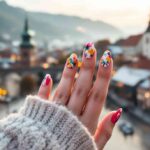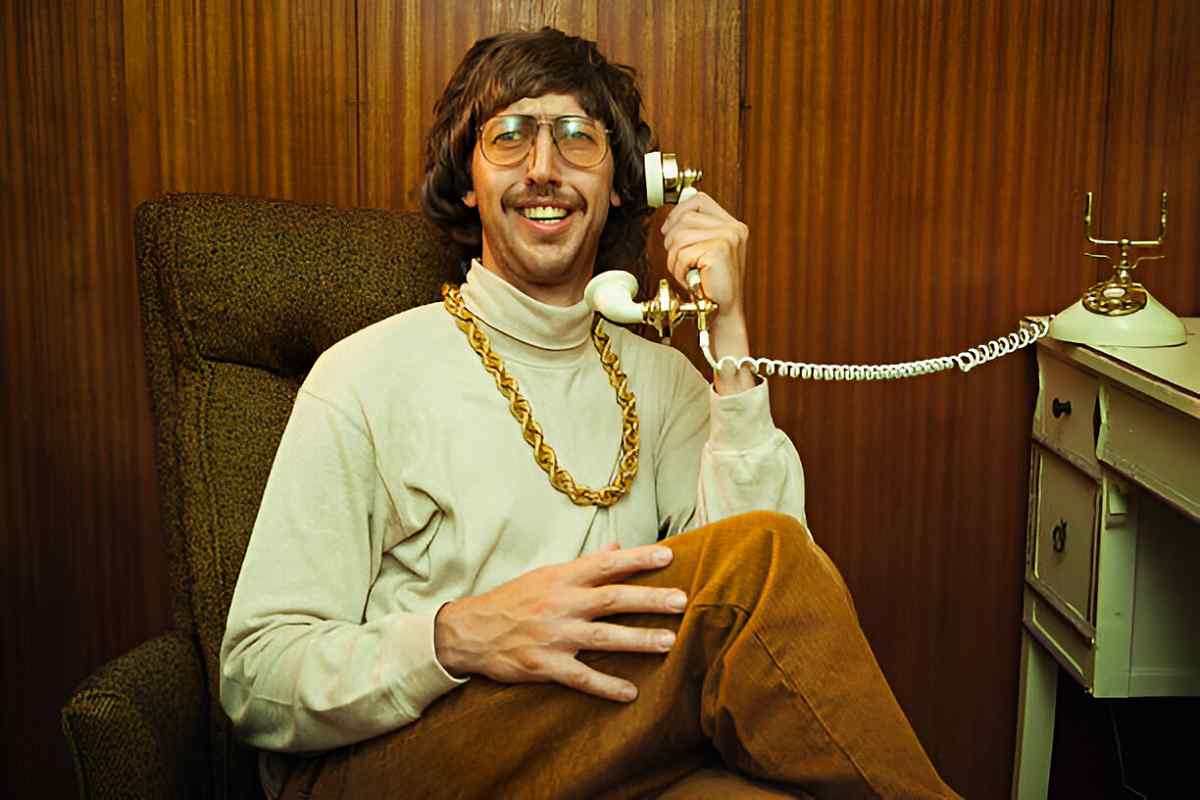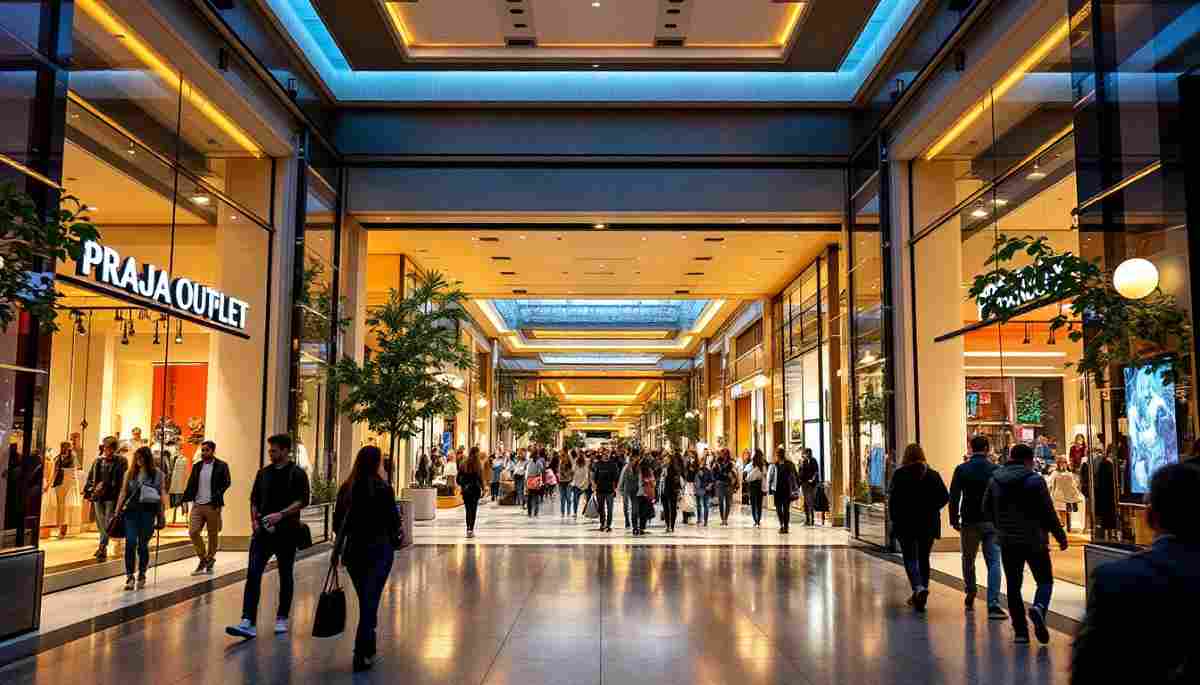The 1980s were a dynamic time for men’s fashion, characterized by a myriad of trends that reflected the upheaval of the decade. This article delves into the key styles, influential figures, and cultural shifts that defined men’s fashion during this iconic era.
Iconic Trends That Defined Men’s Fashion in the 1980s
The 1980s witnessed an explosion of fashion trends that ranged from the extravagant to the everyday. It was an era that embraced individuality, and men were encouraged to express themselves through bold clothing and accessories. Among the most notable trends were oversized jackets, vibrant colors, and athletic wear.
Brands began to cater to the desire for more casual yet stylish options, leading to a mix of formal and relaxed styles. Whether it was the classic preppy look with polo shirts and khakis or the edgy rocker style featuring leather jackets and band tees, the choices were diverse.
One of the defining elements of 1980s men’s fashion was the influence of pop culture, particularly music and film. Icons like Prince and Michael Jackson not only dominated the charts but also set the stage for fashion trends that would resonate for decades. The “Miami Vice” aesthetic, characterized by pastel suits and T-shirts, epitomized the laid-back yet stylish vibe of the decade, while hip-hop artists introduced streetwear elements such as baggy jeans, oversized tees, and snapback caps, which would later evolve into mainstream fashion staples.
Accessories also played a crucial role in shaping the 1980s look. Men adorned themselves with chunky jewelry, from gold chains to oversized watches, adding a touch of flair to their outfits. The popularity of sunglasses, particularly aviators and wayfarers, became a symbol of coolness, often seen on the faces of celebrities and everyday men alike. Footwear transitioned as well, with high-top sneakers gaining traction, thanks in part to the burgeoning skate and hip-hop cultures, making them a must-have item for those looking to combine comfort with style.
The Rise of Casual Wear: From Suits to Street Style
As the decade progressed, there was a notable shift towards casual wear, altering the landscape of men’s fashion. Stylish suits began to share the limelight with street-style favorites such as denim jackets, graphic tees, and cargo pants.
This movement was heavily influenced by the growing popularity of skateboarding and hip-hop culture, which celebrated an informal and accessible approach to attire. The juxtaposition of tailored clothing with more casual elements allowed men to seamlessly transition from the office to social gatherings.
Moreover, the rise of social media platforms played a pivotal role in this transformation. Influencers and fashion bloggers began to showcase their unique styles, often blending high-end pieces with thrifted finds and everyday wear. This democratization of fashion encouraged men to experiment with their wardrobes, embracing a mix-and-match philosophy that prioritized personal expression over traditional norms. The result was a vibrant tapestry of styles that reflected individuality, with men confidently donning oversized hoodies paired with tailored trousers or sneakers with blazers.
Additionally, the pandemic accelerated this trend, as remote work became the norm for many. With the need for comfort at home, the boundaries between loungewear and streetwear blurred even further. Brands began to respond by creating collections that emphasized versatility, offering joggers that could easily transition from the couch to a casual outing. This shift not only changed what men wore but also how they perceived fashion itself; it became less about adhering to strict dress codes and more about feeling good in what they chose to wear, thus redefining masculinity in the process.
Bold Colors and Patterns: A Look at 80s Men’s Apparel
One of the standout features of 80s fashion was the vibrant color palette and eye-catching patterns. Neon hues became a staple of the era, as did unconventional patterns like stripes and geometric shapes. These bold choices were not just for casual wear; they found their way into formal attire as well. The 80s saw the rise of tailored suits that incorporated bright colors and daring patterns, allowing men to make a statement even in the boardroom. Designers like Gianni Versace and Jean-Paul Gaultier pushed boundaries, infusing their collections with a sense of fun and flamboyance that was previously unseen in men’s fashion.
Graphic prints and bright colors combined with oversized silhouettes challenged traditional norms of masculinity in fashion. This exuberant approach encouraged men to break away from the muted tones of previous decades in favor of something more unapologetic and expressive. Accessories also played a crucial role in this transformation, with men donning chunky jewelry, colorful belts, and even fanny packs, all contributing to a more playful aesthetic. The influence of pop culture icons, from musicians like Prince and Madonna to actors in blockbuster films, further propelled this trend, as their unique styles resonated with a generation eager to embrace individuality and self-expression.
The impact of 80s fashion extended beyond clothing; it influenced the way men approached grooming and personal care. The decade saw the rise of the “male grooming” movement, with men experimenting with hairstyles that ranged from mullets to high-volume curls, often styled with an array of gels and sprays. This newfound emphasis on appearance was a reflection of the era’s cultural shifts, where self-presentation became a vital aspect of identity. As men adopted these bold fashion choices, they also embraced a more confident and liberated attitude towards their own style, paving the way for future generations to explore and redefine masculinity in fashion.
Influential Designers Who Shaped 80s Men’s Fashion
Several designers left a significant mark on men’s fashion during the 80s. Renowned figures such as Gianni Versace, Jean-Paul Gaultier, and Giorgio Armani pushed the boundaries of what was considered stylish. Their work inspired a new generation of fashion-forward individuals.
Versace’s lavish designs and adventurous themes epitomized the decadence of the era, while Gaultier’s punk aesthetic and tailored looks challenged convention. Meanwhile, Armani revolutionized menswear with his relaxed yet polished suits that became a professional standard.
The Impact of Music and Pop Culture on Men’s Style
The 1980s were not just about fashion; they were also a golden era for music and pop culture, which significantly influenced men’s style. Icons like Michael Jackson, Prince, and Madonna set trends that extended beyond the music scene.
The rise of MTV meant that music videos became essential for showcasing not only talent but also fashion. Styles featured in these videos inspired millions, encouraging them to emulate their favorite artists. The punk and new wave movements also brought elements like leather and unusual hairstyles into mainstream men’s fashion.
Essential Accessories: From Headbands to High-Top Sneakers
Accessories during the 80s played a crucial role in defining individual style. Headbands, sunglasses, and chunky jewelry were some of the quintessential items that complemented outfits. High-top sneakers, such as those made famous by brands like Nike and Reebok, revolutionized footwear.
Wearing accessories was a way to personalize outfits, and many men embraced this aspect wholeheartedly. The layering of accessories allowed for creative expression, from adding pins and patches to jackets to sporting statement belts and oversized watches.
The Evolution of Men’s Haircuts in the 80s
Hair was an extension of individual style in the 1980s, with various hairstyles reflecting changing attitudes towards masculinity and self-expression. From mullets to big, voluminous locks, men explored countless styles that often departed from previous norms.
Rock bands popularized long hair and more flamboyant styles, while the introduction of products like mousse and gel made it easier for men to achieve the iconic looks of the time. Maintenance and styling became equally important as the clothing worn, signifying a newfound focus on appearance.
Celebrity Style Icons: Who to Look Up to in the 80s
The 80s saw the rise of numerous celebrity style icons who became benchmarks for men’s fashion. Actors such as Tom Cruise and Matthew Broderick exemplified the clean-cut, yet stylish look of the decade. Meanwhile, musicians like David Bowie and Boy George introduced a more avant-garde approach.
These figures not only set trends but also widened the scope of acceptable fashion choices for men. Their influence permeated throughout all age groups and demographics, inspiring men to take risks with their style and embrace their identities.
The Legacy of 80s Fashion: How It Influences Today’s Trends
The fashion of the 80s continues to resonate in today’s style, with many modern trends taking cues from this flamboyant decade. As vintage clothing experiences a resurgence, elements of 80s fashion can be seen in contemporary menswear, from oversized silhouettes to vibrant colors and retro accessories.
Designers and brands today are often inspired by the boldness of the 80s, making it a pivotal influence in modern fashion. The decade’s emphasis on individuality has prompted a return to personal expression in today’s styles, encouraging men to curate their wardrobes based on their preferences.
Navigating the 80s Fashion Scene: Tips for Modern Men
Embracing the essence of 80s fashion doesn’t require a complete wardrobe overhaul. Modern men can incorporate elements of this vibrant decade into their style with ease. To start, consider adding a few key pieces that reflect the boldness characteristic of the era.
- Invest in oversized outerwear, such as bombers or blazers.
- Incorporate vibrant colors and patterns into your outfits.
- Add retro accessories like high-top sneakers and statement belts.
- Experiment with hairstyles that reflect the adventurous spirit of the 80s.
Overall, the art of mixing and matching elements from the 80s can help create a unique and stylish personal look that honors the celebratory spirit of the decade while remaining contemporary.










